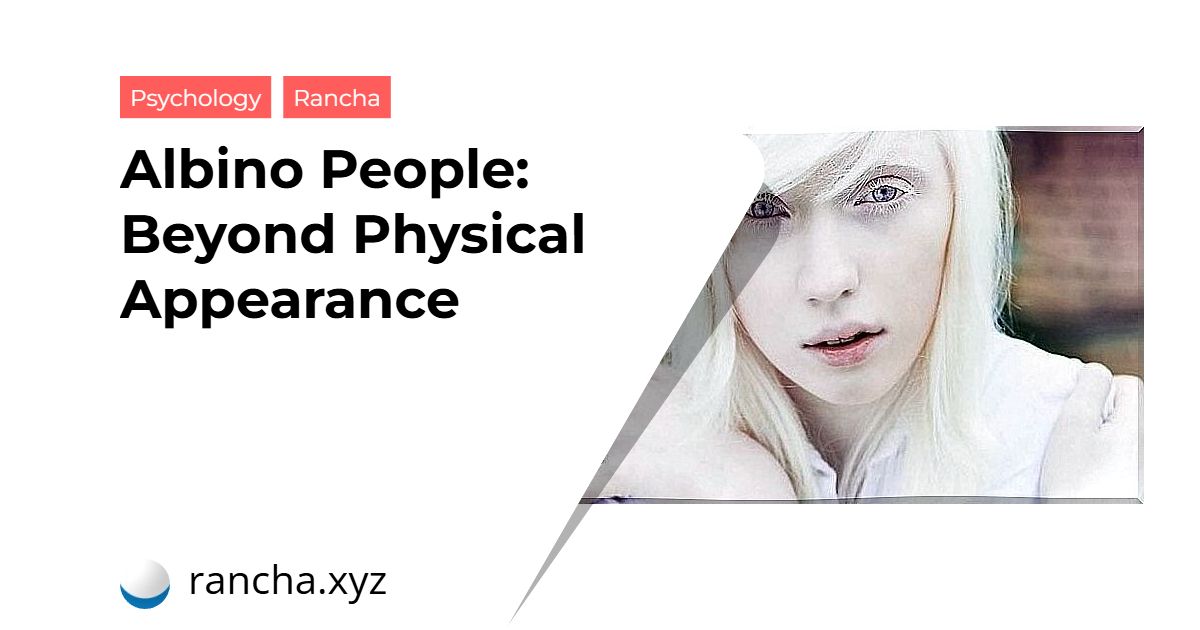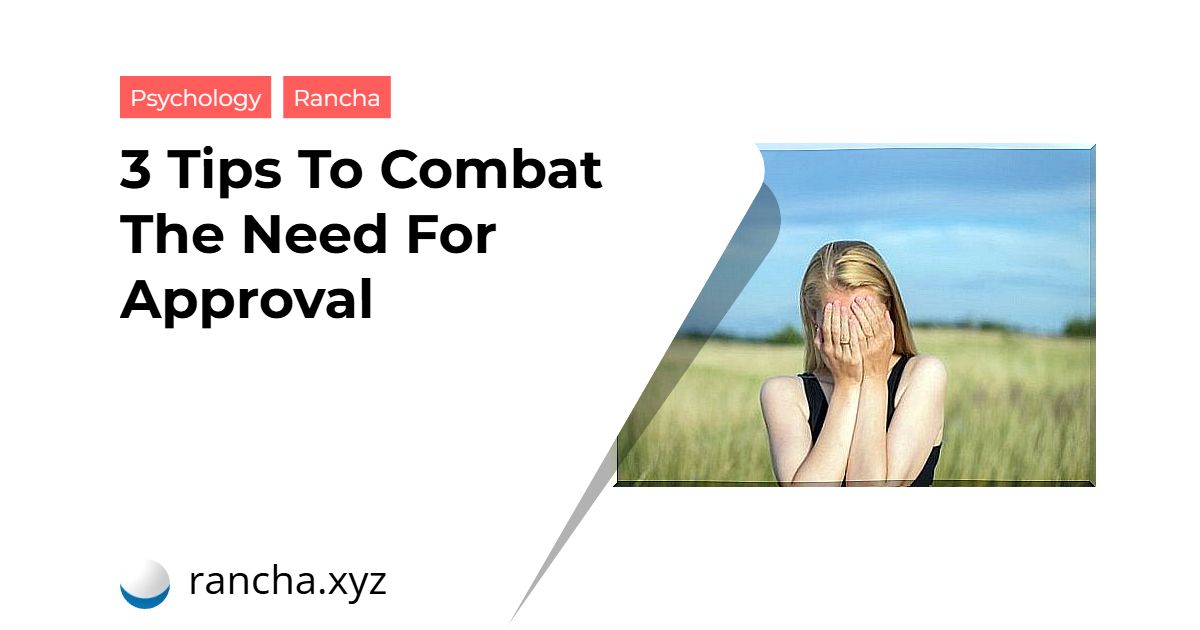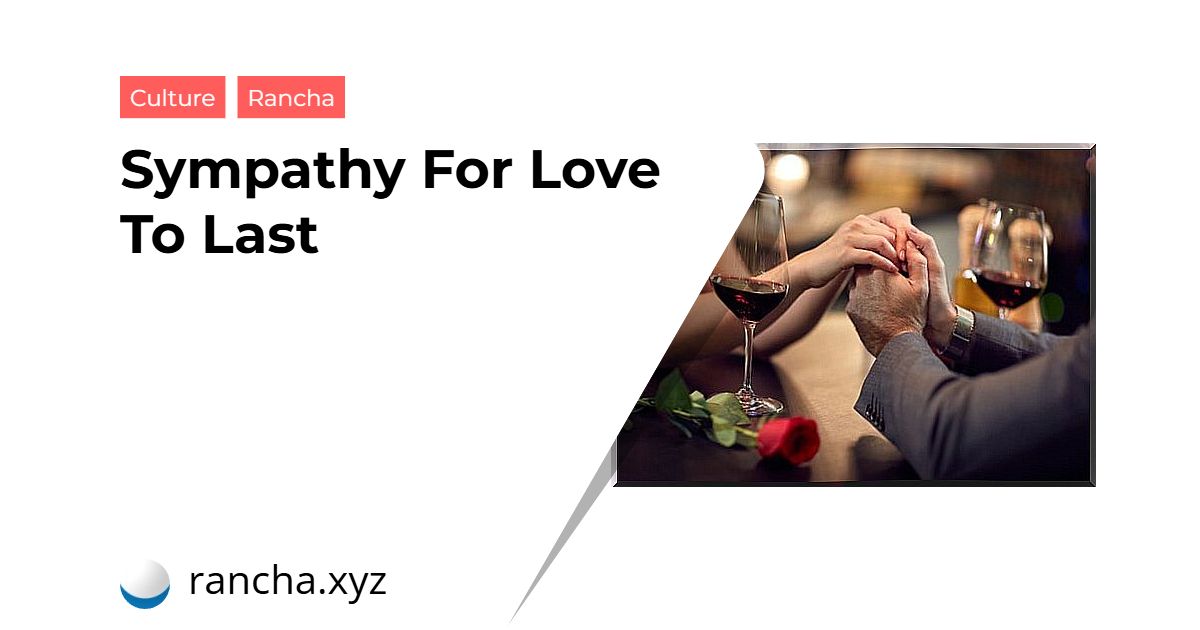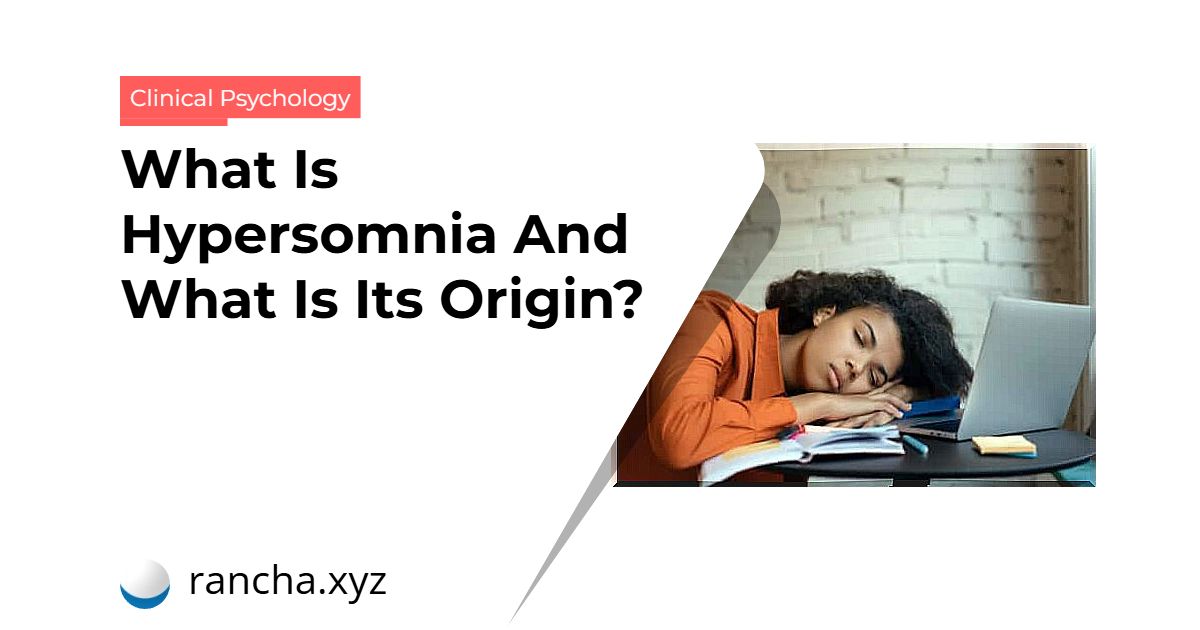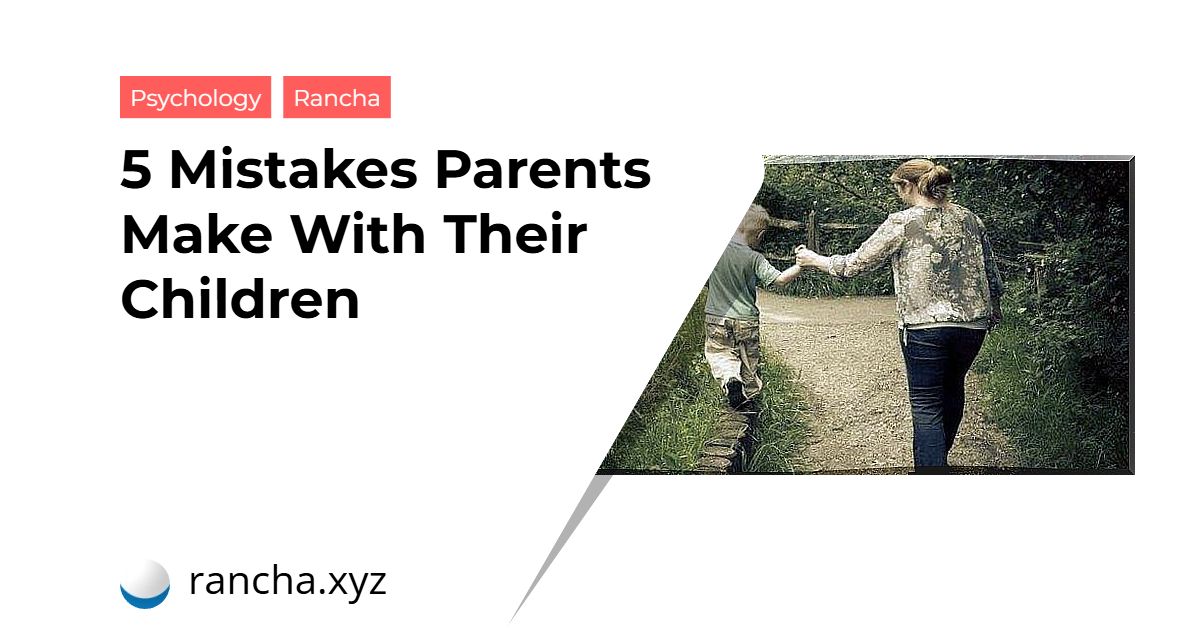For albino people, being different is not easy. This hereditary metabolic alteration is characterized by the absence of pigmentation (melanin) in the skin, hair and eyes, accompanied by an even more striking dimension: discrimination. In some countries in Africa, for example, being albino means living in a terrifying reality. Due to superstition, the situation of these people is dramatic.
International Albinism Awareness Day is celebrated on 13 June. It was in 2015 that the United Nations Assembly decided to establish this date with a well-defined objective: to promote and defend the right of albino people to live in freedom, to be respected and protected from any act of discrimination and/or violence.
We might think that the reason for this is the large number of mutilations and murders that are committed every year in countries like Tanzania, Burundi or Congo. However, in addition to these unimaginable and incomprehensible acts, people with albinism suffer rejections in almost every part of the world. They are singled out, suffer bullying in schools and discrimination in the professional sphere.
So much so that, in recent years, more and more studies on this subject are emerging. Children and adults with albinism and hypopigmentation face serious social and emotional challenges.
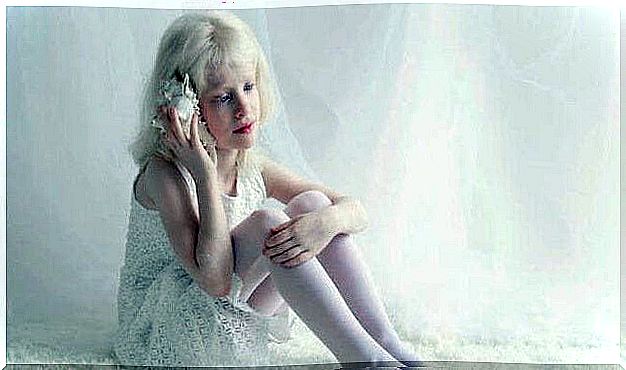
Albino people: in addition to the absence of melatonin
Today, the medical community has not yet taken a stand in considering albinism as a disability. The reason? We are facing a unique condition, which represents a minority in society. However, the characteristics of this genetic alteration significantly limit this group of people, preventing them from having a normal life. Their uniqueness, their physical problems, as well as prejudice and discrimination, often lead to isolation.
They often suffer from visual impairments, photophobia and severe skin problems. So, although there are several types of albinism (we know up to 18 genes involved, with 800 possible mutations), most albinos have already experienced something very real: the rejection and bewilderment of their surroundings. Your white hair, your pale and sensitive skin, the shade of your eyes, etc. These traits always draw a lot of attention, especially if the family is black or Asian.
Coming to this point, we have to point out that, from an early age, we all have a need to feel accepted. In the case of albino people, and especially in young children, what they feel, almost from the start, is the weight of difference, the stigma of knowing that they are different.
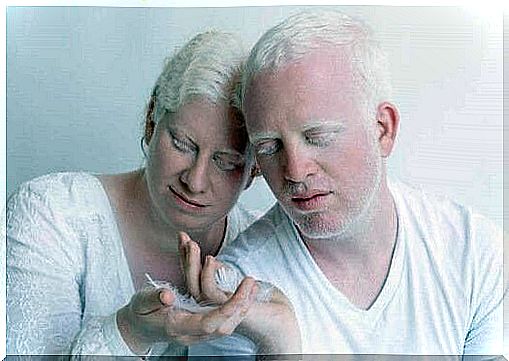
In most cases, despite having family affection and support, it is common for albinos to develop low self-esteem, insecurity and emotional withdrawal. In this context, far beyond albinism and behind this angelic, fragile and even disconcerting appearance, hides another more complex and even more delicate reality.
live with albinism
1 in 17,000 people suffer from albinism. The African continent has one of the largest populations of people with albinism in the world. In fact, in Nigeria or Tanzania one out of every thousand people has this change. All of this leads us to conclude an evident fact: the quality of life of a person in this condition will depend on two factors.
The first factor relates to the type of albinism she has. For example, both Hermansky-Pudlak syndrome (HPS) and Chédiak-Higashi syndrome are two alterations associated with a certain symptomatology (burns, bruises, hemorrhages, constant infections, hepatomegaly, etc.) that can greatly affect the day. day.
The second factor, as we can imagine, will depend on where the albino person was born. If it’s in Africa, she will immediately be considered not a human being, but a Zeru Zeru , a ghost, a white demon. Superstition combines with savagery to stage one of the most despicable cruelties denounced by organizations like the United Nations. Murders, kidnappings, children who are mutilated to take their members as trophies, women being raped because of the idea that this is how HIV is cured, etc.
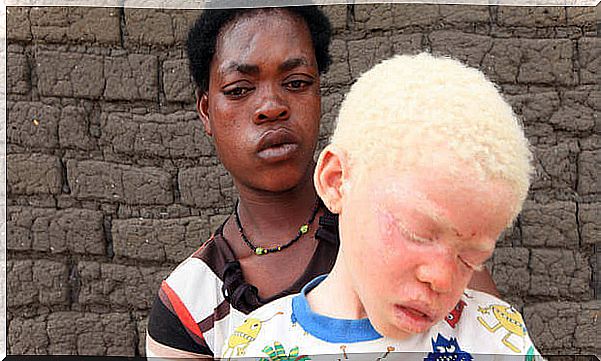
It changes radically if we move away from Africa and go to a very special place in Panama. In the Kuma tribe of this country, 1 out of every 150 people is born with this condition. However, in this place on the planet, albino people are a gift from heaven, they are the children of the moon or the grandchildren of the sun. They are cared for, respected, attended to and revered as truly special beings.
It should be said that this preference is a relatively new practice. Until recently, they were considered desecrating sons of Spanish colonizers, and their rejection was also combined with violence. Only recently, nearly two centuries ago, has local vision become more human and sensitive with this group.
Finally, with regard to Western societies, we must point out that this sensitivity is also improving over the years. We currently have several associations around the world. An example of them is ALBA, a space that offers information, support, gives lectures and promotes constant activities and meetings to promote integration and give albino people greater relevance in our society.
 rancha.xyz Be free to choose their own route to self-knowledge, health and balance of body and soul.
rancha.xyz Be free to choose their own route to self-knowledge, health and balance of body and soul.
